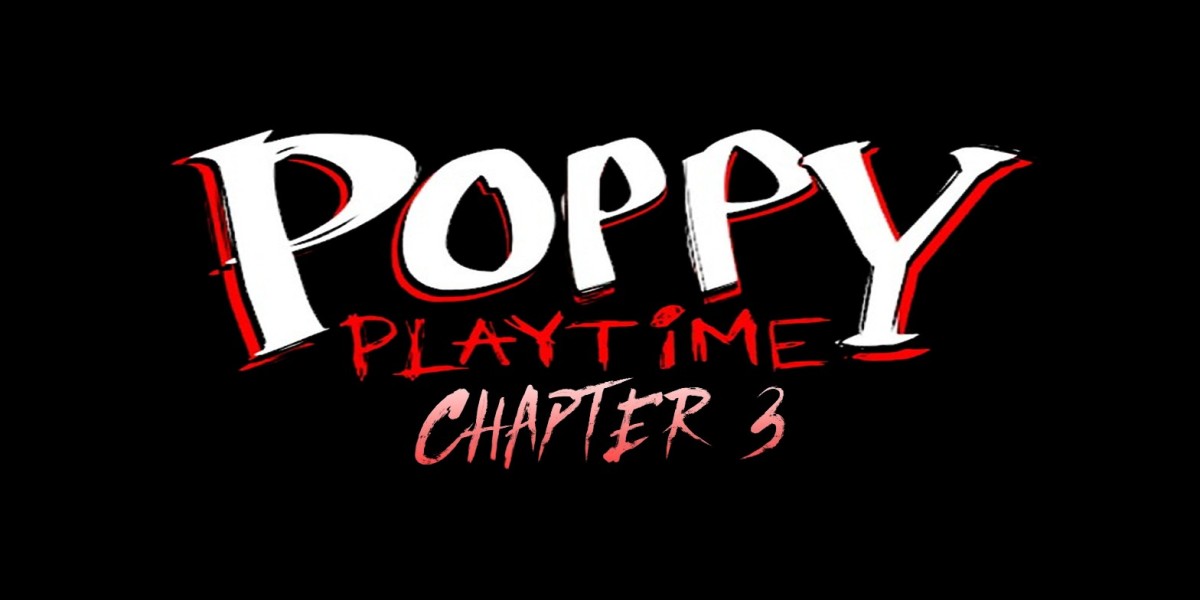Introduction:
In the intricate web of modern business operations, documentation plays a pivotal role in ensuring efficiency, consistency, and compliance. Two critical types of documentation that underpin an organization's success are procedure documentation and organizational documentation. In this blog, we will explore the significance of both, how they contribute to streamlined operations, and best practices for their effective implementation.
Procedure Documentation: Blueprint for Efficiency:
Procedure documentation, often referred to as Standard Operating Procedures (SOPs), are comprehensive documents that outline step-by-step instructions for carrying out specific tasks or processes within an organization. They serve as a blueprint for how work should be done, offering several benefits:
Consistency: SOPs establish a consistent approach to performing tasks, ensuring that everyone follows the same procedures, which reduces errors and maintains quality.
Efficiency: Clearly documented procedures eliminate the need for employees to figure out how to perform tasks, saving time and effort.
Training Tool: SOPs serve as valuable training materials for new employees, allowing them to quickly understand and adopt best practices.
Quality Control: These documents act as a quality control mechanism, reducing the likelihood of errors and ensuring that outcomes meet predefined standards.
Audit Trail: Procedure documentation provides a clear audit trail, which is essential for compliance and performance monitoring.
Organizational Documentation: The Pillars of Structure:
Organizational documentation encompasses a broader spectrum of documents that define the structure, policies, and governance of an organization. This category includes documents such as:
Mission and Vision Statements: Statements that articulate the organization's purpose, values, and long-term goals.
Bylaws and Policies: Documents that outline the rules, regulations, and policies governing the organization's operations, such as HR policies, code of conduct, and financial policies.
Organizational Charts: Visual representations of the organization's structure, depicting roles, reporting relationships, and departments.
Strategic Plans: Documents that outline the organization's strategic objectives, priorities, and plans for achieving its mission.
Governance Documents: Documents defining the roles and responsibilities of the board of directors, committees, and other governance bodies.
The Significance of Organizational Documentation:
Clarity of Purpose: Mission and vision statements provide clarity about the organization's purpose and its long-term aspirations, aligning the efforts of all stakeholders.
Guidance and Compliance: Bylaws, policies, and procedures in organizational documentation provide guidance to employees and ensure compliance with laws and regulations.
Structure and Accountability: Organizational charts establish a clear structure, delineating reporting lines and responsibilities, which fosters accountability.
Strategic Direction: Strategic plans set the organization's strategic direction, helping it navigate towards its goals and adapt to changing circumstances.
Effective Governance: Governance documents outline the roles and responsibilities of key stakeholders, ensuring effective decision-making and oversight.
Best Practices for Effective Procedure and Organizational Documentation:
Clarity and Simplicity: Use clear and straightforward language in documentation to enhance understanding and accessibility.
Regular Updates: Keep documentation up to date to reflect changes in processes, policies, or organizational structure.
Version Control: Implement version control to track changes and ensure that employees always refer to the latest documentation.
User-Friendly Formats: Present documentation in user-friendly formats, such as PDFs or easily accessible digital platforms.
Collaborative Approach: Involve relevant stakeholders in the creation and review of documentation to ensure accuracy and relevance.
Training and Awareness: Provide training and raise awareness among employees about the importance of procedure and organizational documentation.
Conclusion:
Procedure documentation and organizational documentation are the unsung heroes behind the scenes of successful organizations. They serve as the guiding light that illuminates the path to efficiency, consistency, and compliance. By embracing best practices in documenting procedures and organizational structures through comprehensive Standard Operating Procedures (SOPs), organizations can streamline their operations, reduce errors, and ensure that everyone is on the same page.
In a world where adaptability and transparency are crucial for success, procedure documentation and organizational documentation provide the necessary framework. They empower organizations to navigate complexities, maintain compliance, and work cohesively toward their mission and vision.
Embrace the power of documentation, and you'll find that it not only enhances efficiency but also strengthens the foundation upon which your organization stands. It is the silent force that keeps the wheels of progress turning smoothly.
Source: https://www.diigo.com/item/note/a57lq/5td0?k=c6c27885a3fea0162e06a293c55cdc4a



